当前位置:网站首页>MNIST handwritten digit recognition, sorted by from two to ten
MNIST handwritten digit recognition, sorted by from two to ten
2022-08-04 06:19:00 【Learning Adventures】
A method for converting a binary classification model into a multiclass classification model
A deep learning framework is used in this caseMindSpore,Take advantage of its friendly wrapper modules,模型结构定义、损失函数定义、Gradient descent implementation and other processes,Just a simple function call,model training can be achieved,Greatly improve the efficiency of model development.
1.加载数据集
加载完整的、A dataset of ten categories
import os
import numpy as np
import moxing as mox
import mindspore.dataset as ds
datasets_dir = '../datasets'
if not os.path.exists(datasets_dir):
os.makedirs(datasets_dir)
if not os.path.exists(os.path.join(datasets_dir, 'MNIST_Data.zip')):
mox.file.copy('obs://modelarts-labs-bj4-v2/course/hwc_edu/python_module_framework/datasets/mindspore_data/MNIST_Data.zip',
os.path.join(datasets_dir, 'MNIST_Data.zip'))
os.system('cd %s; unzip MNIST_Data.zip' % (datasets_dir))
# Read full training samples and test samples
mnist_ds_train = ds.MnistDataset(os.path.join(datasets_dir, "MNIST_Data/train"))
mnist_ds_test = ds.MnistDataset(os.path.join(datasets_dir, "MNIST_Data/test"))
train_len = mnist_ds_train.get_dataset_size()
test_len = mnist_ds_test.get_dataset_size()
print('training set size:', train_len, ',测试集规模:', test_len)training set size:60000,测试集规模:10000
查看10个样本
from PIL import Image
items_train = mnist_ds_train.create_dict_iterator(output_numpy=True)
train_data = np.array([i for i in items_train])
images_train = np.array([i["image"] for i in train_data])
labels_train = np.array([i["label"] for i in train_data])
batch_size = 10 # 查看10个样本
batch_label = [lab for lab in labels_train[:10]]
print(batch_label)
batch_img = images_train[0].reshape(28, 28)
for i in range(1, batch_size):
batch_img = np.hstack((batch_img, images_train[i].reshape(28, 28))) # 将一批图片水平拼接起来,方便下一步进行显示
Image.fromarray(batch_img)[0, 2, 2, 7, 8, 4, 9, 1, 8, 8]
2.处理数据集
The dataset is very important for training,好的数据集可以有效提高训练精度和效率,before using the dataset,通常会对数据集进行一些处理.
进行数据增强操作
import mindspore.dataset.vision.c_transforms as CV
import mindspore.dataset.transforms.c_transforms as C
from mindspore.dataset.vision import Inter
from mindspore import dtype as mstype
num_parallel_workers = 1
resize_height, resize_width = 28, 28
# according to the parameters, generate the corresponding data enhancement method
resize_op = CV.Resize((resize_height, resize_width), interpolation=Inter.LINEAR) # Scales image data pixels
type_cast_op = C.TypeCast(mstype.int32) # 将数据类型转化为int32.
hwc2chw_op = CV.HWC2CHW() # Transform the image data tensor,Tensor form by highx宽x通道(HWC)become a channelx高x宽(CHW),It is convenient for data training.
# using map to apply operations to a dataset
mnist_ds_train = mnist_ds_train.map(operations=resize_op, input_columns="image", num_parallel_workers=num_parallel_workers)
mnist_ds_train = mnist_ds_train.map(operations=type_cast_op, input_columns="label", num_parallel_workers=num_parallel_workers)
mnist_ds_train = mnist_ds_train.map(operations=hwc2chw_op, input_columns="image", num_parallel_workers=num_parallel_workers)
buffer_size = 10000
mnist_ds_train = mnist_ds_train.shuffle(buffer_size=buffer_size) # Shuffle the order of the training set进行数据归一化
Normalize the image data、归一化操作,Makes the numerical size of each pixel in (0,1)范围中,Can improve training efficiency.
rescale = 1.0 / 255.0
shift = 0.0
rescale_nml = 1 / 0.3081
shift_nml = -1 * 0.1307 / 0.3081
rescale_op = CV.Rescale(rescale, shift)
mnist_ds_train = mnist_ds_train.map(operations=rescale_op, input_columns="image", num_parallel_workers=num_parallel_workers)
rescale_nml_op = CV.Rescale(rescale_nml, shift_nml)
mnist_ds_train = mnist_ds_train.map(operations=rescale_nml_op, input_columns="image", num_parallel_workers=num_parallel_workers)
mnist_ds_train = mnist_ds_train.batch(60000, drop_remainder=True) # Batch the dataset,Load the full training set here3. 封装成函数
到此,We have completed the preparation of training data,The above operations can be encapsulated as load_data_all函数和process_dataset函数,to be used again later.
Define data processing operations
定义一个函数process_datasetto perform data augmentation and processing operations:
Define some parameters required for data augmentation and processing.
根据参数,Generate corresponding data augmentation operations.
使用map映射函数,将数据操作应用到数据集.
Process the resulting dataset.
%%writefile ../datasets/MNIST_Data/process_dataset.py
def process_dataset(mnist_ds, batch_size=32, resize= 28, repeat_size=1,
num_parallel_workers=1):
"""
process_dataset for train or test
Args:
mnist_ds (str): MnistData path
batch_size (int): The number of data records in each group
resize (int): Scale image data pixels
repeat_size (int): The number of replicated data records
num_parallel_workers (int): The number of parallel workers
"""
import mindspore.dataset.vision.c_transforms as CV
import mindspore.dataset.transforms.c_transforms as C
from mindspore.dataset.vision import Inter
from mindspore import dtype as mstype
# define some parameters needed for data enhancement and rough justification
resize_height, resize_width = resize, resize
rescale = 1.0 / 255.0
shift = 0.0
rescale_nml = 1 / 0.3081
shift_nml = -1 * 0.1307 / 0.3081
# according to the parameters, generate the corresponding data enhancement method
resize_op = CV.Resize((resize_height, resize_width), interpolation=Inter.LINEAR)
rescale_nml_op = CV.Rescale(rescale_nml, shift_nml)
rescale_op = CV.Rescale(rescale, shift)
hwc2chw_op = CV.HWC2CHW()
type_cast_op = C.TypeCast(mstype.int32)
c_trans = [resize_op, rescale_op, rescale_nml_op, hwc2chw_op]
# using map to apply operations to a dataset
mnist_ds = mnist_ds.map(operations=type_cast_op, input_columns="label", num_parallel_workers=num_parallel_workers)
mnist_ds = mnist_ds.map(operations=c_trans, input_columns="image", num_parallel_workers=num_parallel_workers)
# process the generated dataset
buffer_size = 10000
mnist_ds = mnist_ds.shuffle(buffer_size=buffer_size)
mnist_ds = mnist_ds.batch(batch_size, drop_remainder=True)
mnist_ds = mnist_ds.repeat(repeat_size)
return mnist_ds定义数据加载函数
%%writefile ../datasets/MNIST_Data/load_data_all.py
def load_data_all(datasets_dir):
import os
if not os.path.exists(datasets_dir):
os.makedirs(datasets_dir)
import moxing as mox
if not os.path.exists(os.path.join(datasets_dir, 'MNIST_Data.zip')):
mox.file.copy('obs://modelarts-labs-bj4-v2/course/hwc_edu/python_module_framework/datasets/mindspore_data/MNIST_Data.zip',
os.path.join(datasets_dir, 'MNIST_Data.zip'))
os.system('cd %s; unzip MNIST_Data.zip' % (datasets_dir))
# Read full training samples and test samples
import mindspore.dataset as ds
datasets_dir = '../datasets'
mnist_ds_train = ds.MnistDataset(os.path.join(datasets_dir, "MNIST_Data/train"))
mnist_ds_test = ds.MnistDataset(os.path.join(datasets_dir, "MNIST_Data/test"))
train_len = mnist_ds_train.get_dataset_size()
test_len = mnist_ds_test.get_dataset_size()
print('training set size:', train_len, ',测试集规模:', test_len)
return mnist_ds_train, mnist_ds_test, train_len, test_len4.Load the processed test set
import os, sys
sys.path.insert(0, os.path.join(os.getcwd(), '../datasets/MNIST_Data'))
from process_dataset import process_dataset
mnist_ds_test = process_dataset(mnist_ds_test, batch_size= 10000)5.Define the network structure and evaluation function
import mindspore
import mindspore.nn as nn
import mindspore.ops as ops
from mindspore.common.initializer import Normal
class Network(nn.Cell):
def __init__(self, num_of_weights):
super(Network, self).__init__()
self.fc = nn.Dense(in_channels=num_of_weights, out_channels=10, weight_init=Normal(0.02)) # 定义一个全连接层
self.nonlinearity = nn.Sigmoid()
self.flatten = nn.Flatten()
def construct(self, x): # The weighted summation unit and the nonlinear function unit are implemented by defining the calculation process
x = self.flatten(x)
z = self.fc(x)
pred_y = self.nonlinearity(z)
return pred_y
def evaluate(pred_y, true_y):
pred_labels = ops.Argmax(output_type=mindspore.int32)(pred_y)
correct_num = (pred_labels == true_y).asnumpy().sum().item()
return correct_num6.定义交叉熵损失函数和优化器
# 损失函数
net_loss = nn.SoftmaxCrossEntropyWithLogits(sparse=True, reduction='mean')
# 创建网络
network = Network(28*28)
lr = 0.01
momentum = 0.9
# 优化器
net_opt = nn.Momentum(network.trainable_params(), lr, momentum)7.实现训练函数
def train(network, mnist_ds_train, max_epochs= 50):
net = WithLossCell(network, net_loss)
net = TrainOneStepCell(net, net_opt)
network.set_train()
for epoch in range(1, max_epochs + 1):
train_correct_num = 0.0
test_correct_num = 0.0
for inputs_train in mnist_ds_train:
output = net(*inputs_train)
train_x = inputs_train[0]
train_y = inputs_train[1]
pred_y_train = network.construct(train_x) # 前向传播
train_correct_num += evaluate(pred_y_train, train_y)
train_acc = float(train_correct_num) / train_len
for inputs_test in mnist_ds_test:
test_x = inputs_test[0]
test_y = inputs_test[1]
pred_y_test = network.construct(test_x)
test_correct_num += evaluate(pred_y_test, test_y)
test_acc = float(test_correct_num) / test_len
if (epoch == 1) or (epoch % 10 == 0):
print("epoch: {0}/{1}, train_losses: {2:.4f}, tain_acc: {3:.4f}, test_acc: {4:.4f}" \
.format(epoch, max_epochs, output.asnumpy(), train_acc, test_acc, cflush=True))8. 配置运行信息
在正式训练前,通过context.set_context来配置运行需要的信息,譬如运行模式、后端信息、硬件等信息.
from mindspore import context
context.set_context(mode=context.GRAPH_MODE, device_target="CPU") # device_target 可选 CPU/GPU, 当选择GPU时mindspore规格也需要切换到GPU9.开始训练
import time
from mindspore.nn import WithLossCell, TrainOneStepCell
max_epochs = 100
start_time = time.time()
print("*"*10 + "开始训练" + "*"*10)
train(network, mnist_ds_train, max_epochs= max_epochs)
print("*"*10 + "训练完成" + "*"*10)
cost_time = round(time.time() - start_time, 1)
print("训练总耗时: %.1f s" % cost_time)**********开始训练********** epoch: 1/100, train_losses: 2.2832, tain_acc: 0.1698, test_acc: 0.1626 epoch: 10/100, train_losses: 2.0465, tain_acc: 0.6343, test_acc: 0.6017 epoch: 20/100, train_losses: 1.8368, tain_acc: 0.7918, test_acc: 0.7812 epoch: 30/100, train_losses: 1.7602, tain_acc: 0.8138, test_acc: 0.8017 epoch: 40/100, train_losses: 1.7245, tain_acc: 0.8238, test_acc: 0.7972 epoch: 50/100, train_losses: 1.7051, tain_acc: 0.8337, test_acc: 0.8044 epoch: 60/100, train_losses: 1.6922, tain_acc: 0.8403, test_acc: 0.8047 epoch: 70/100, train_losses: 1.6827, tain_acc: 0.8454, test_acc: 0.8033 epoch: 80/100, train_losses: 1.6752, tain_acc: 0.8501, test_acc: 0.8051 epoch: 90/100, train_losses: 1.6689, tain_acc: 0.8536, test_acc: 0.8049 epoch: 100/100, train_losses: 1.6635, tain_acc: 0.8569, test_acc: 0.8037 **********训练完成********** 训练总耗时: 430.7 s
到目前为止,Code based on handwritten digit binary classification with minor modifications,It quickly realizes the ten categories of handwritten digit recognition.
The modification process is very simple,But as you can see from the above results,该模型训练100个epoch,It is only achieved on the task of handwritten digit recognition very class80%的准确率,On the binary classification task in the previous section,模型训练50个epoch达到了99%的准确率,The explanation is on a model as simple as a perceptron,Handwritten digit recognition is more difficult than binary classification.
边栏推荐
- TensorRT 5 初步认识
- Pytest常用插件
- 【论文阅读】TransReID: Transformer-based Object Re-Identification
- 计算某像素点法线
- 【论文阅读】Exploring Spatial Significance via Hybrid Pyramidal Graph Network for Vehicle Re-identificatio
- MNIST手写数字识别 —— Lenet-5首个商用级别卷积神经网络
- 【论文阅读】SPANET: SPATIAL PYRAMID ATTENTION NETWORK FOR ENHANCED IMAGE RECOGNITION
- The use of the attribute of the use of the animation and ButterKnife
- (导航页)OpenStack-M版-双节点手工搭建-附B站视频
- [Introduction to go language] 12. Pointer
猜你喜欢
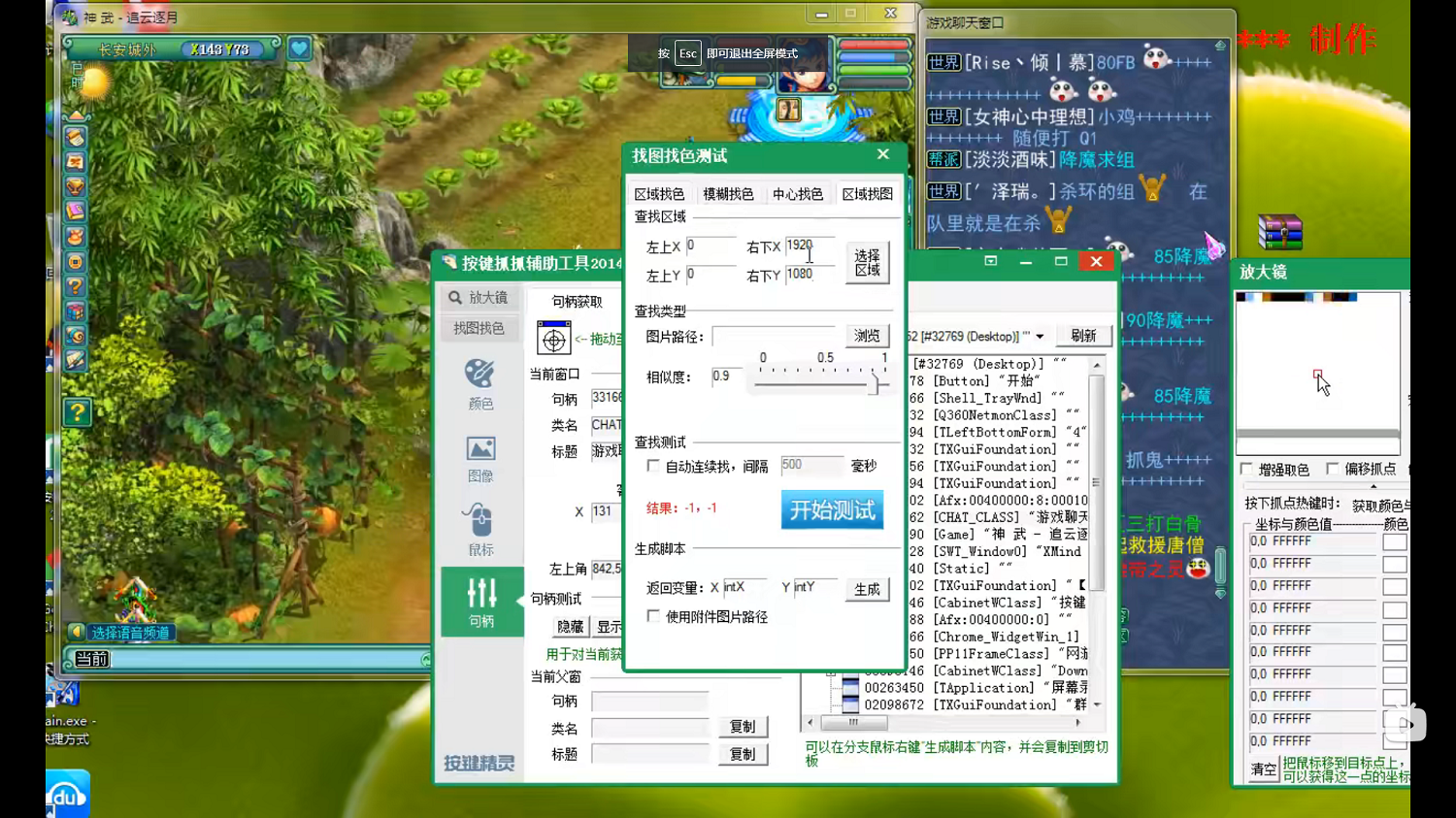
浅谈外挂常识和如何防御
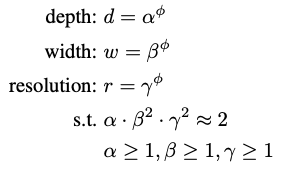
典型CCN网络——efficientNet(2019-Google-已开源)
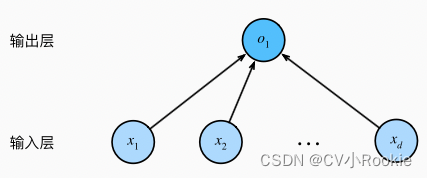
动手学深度学习_线性回归

lstm pipeline 过程理解(输入输出)
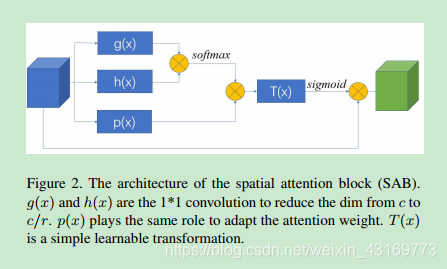
【论文阅读】Further Non-local and Channel Attention Networks for Vehicle Re-identification

CSDN大礼包--高校圆桌派大礼包
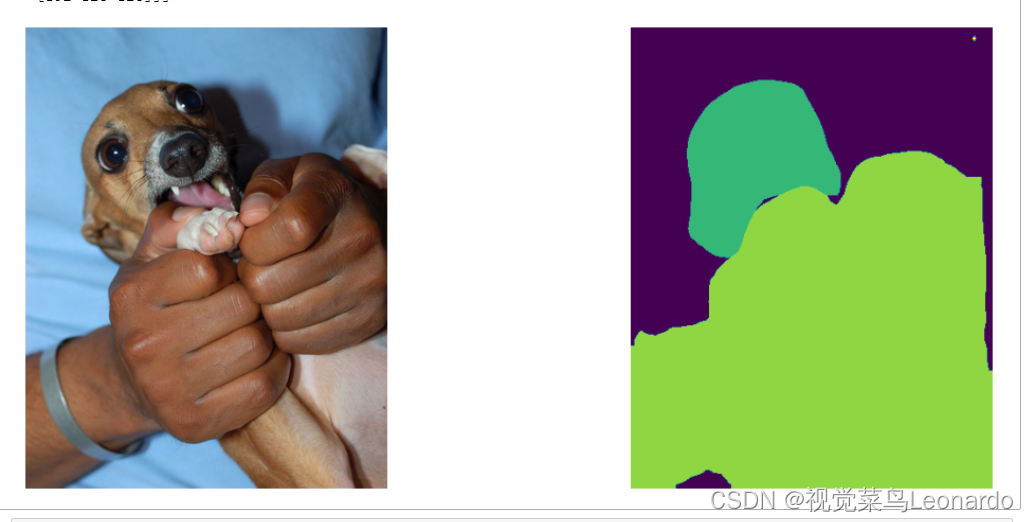
Pytorch语义分割理解
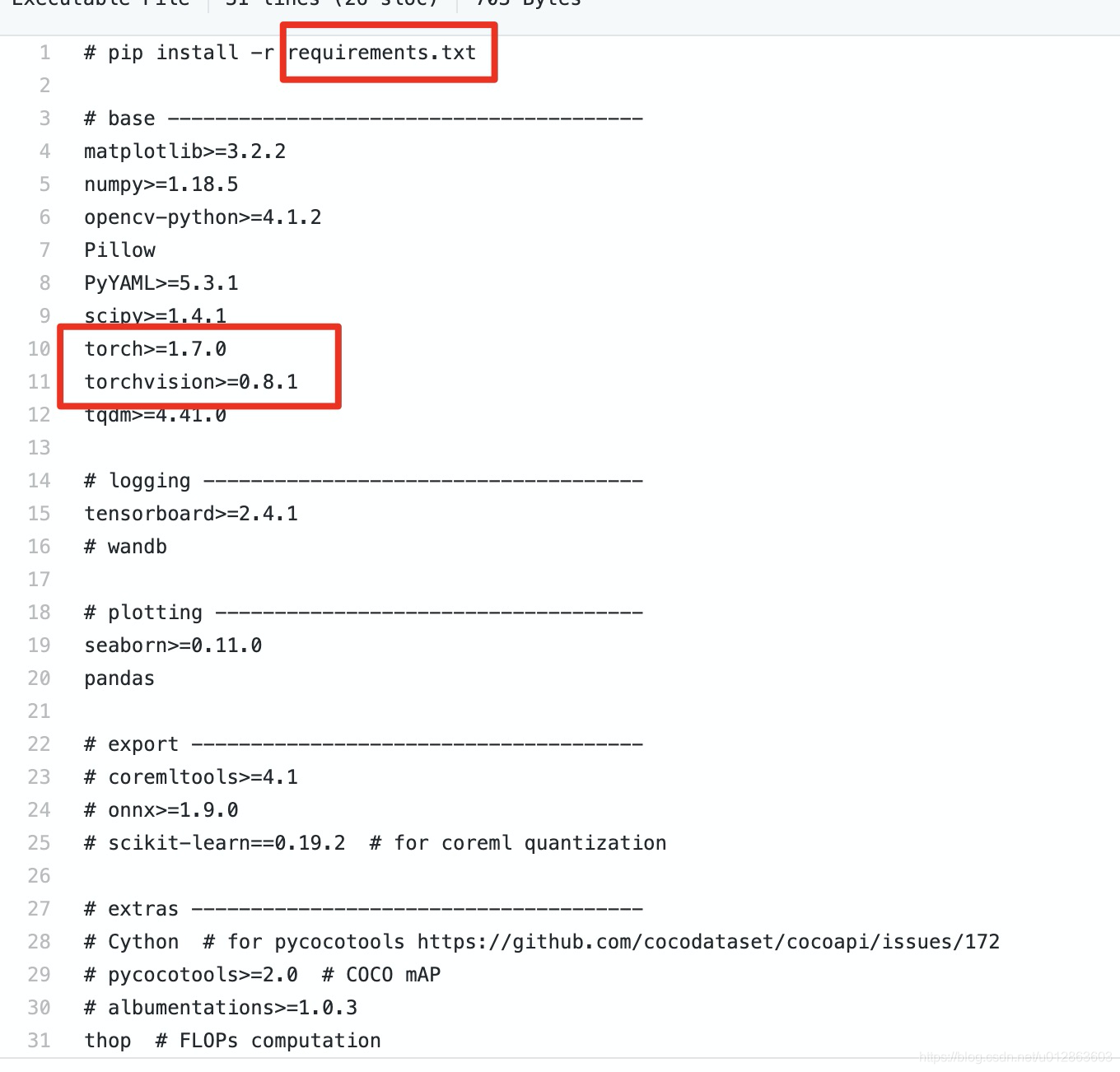
yoloV5 使用——训练速度慢,加速训练
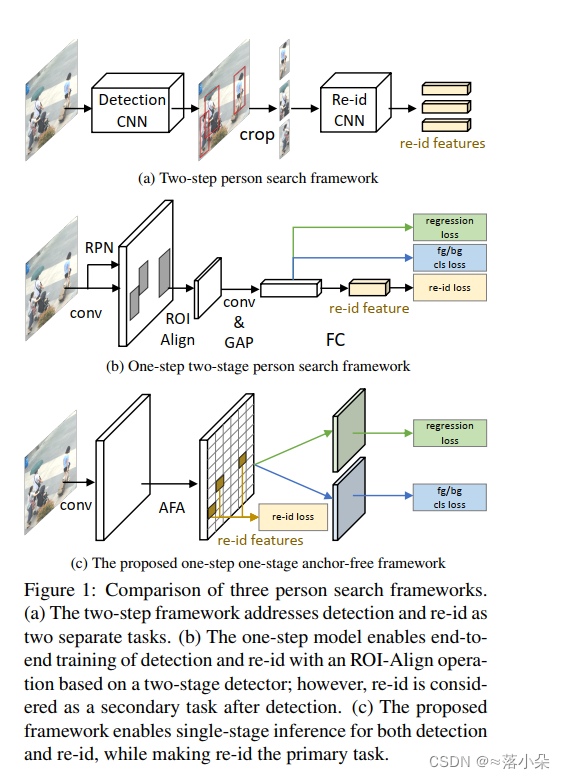
【论文阅读】Anchor-Free Person Search

target has libraries with conflicting names: libcrypto.a and libssl.a.
随机推荐
Android foundation [Super detailed android storage method analysis (SharedPreferences, SQLite database storage)]
深度确定性策略梯度(DDPG)
语音驱动嘴型与面部动画生成的现状和趋势
软著撰写注意事项
The difference between oracle temporary table and pg temporary table
机器学习——分类问题对于文字标签的处理(特征工程)
MOOSE平台官方第二个例子分析——关于创建Kernel,求解对流扩散方程
【CV-Learning】语义分割
度量学习(Metric learning)—— 基于分类损失函数(softmax、交叉熵、cosface、arcface)
图像resize
Pytest常用插件
Image-Adaptive YOLO for Object Detection in Adverse Weather Conditions
TensorFlow2 study notes: 5. Common activation functions
Dictionary feature extraction, text feature extraction.
双向LSTM
Copy攻城狮5分钟在线体验 MindIR 格式模型生成
Transformer
如何成长为高级工程师?
在AWS-EC2中安装Minikube集群
Jupyter Notebook installed library;ModuleNotFoundError: No module named 'plotly' solution.